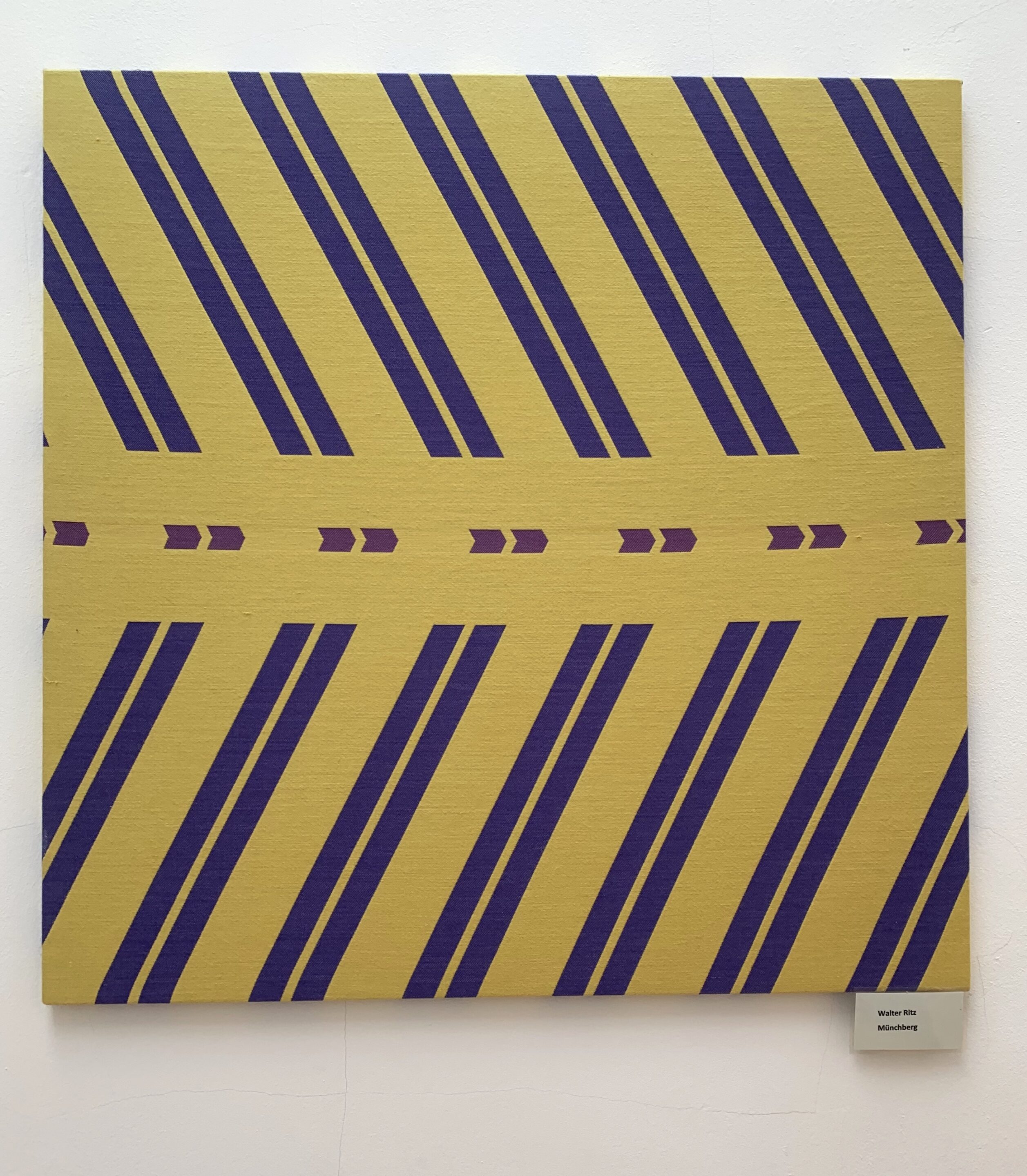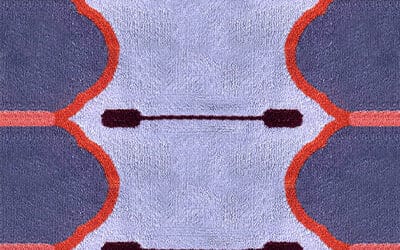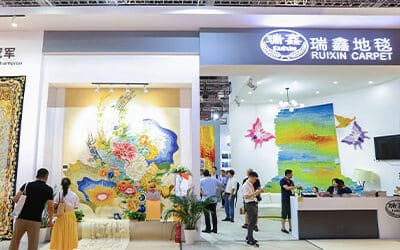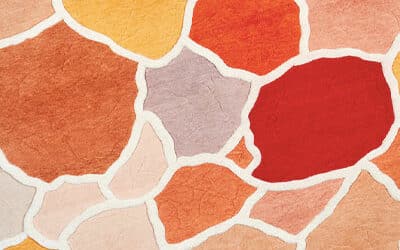Starting with manual flax processing during the Middle Ages, the Upper Franconia district of northwest Bavaria has had a long history of textile production, which blossomed during the 18th and 19th centuries thanks to the introduction of railway connections and modern machinery. A number of world-class companies were operating out of the area, exporting textiles across the globe, from cloths being sent to Afghanistan and Turkey, and saris to India, ponchos were delivered to South America, and prayer rugs to Persia.
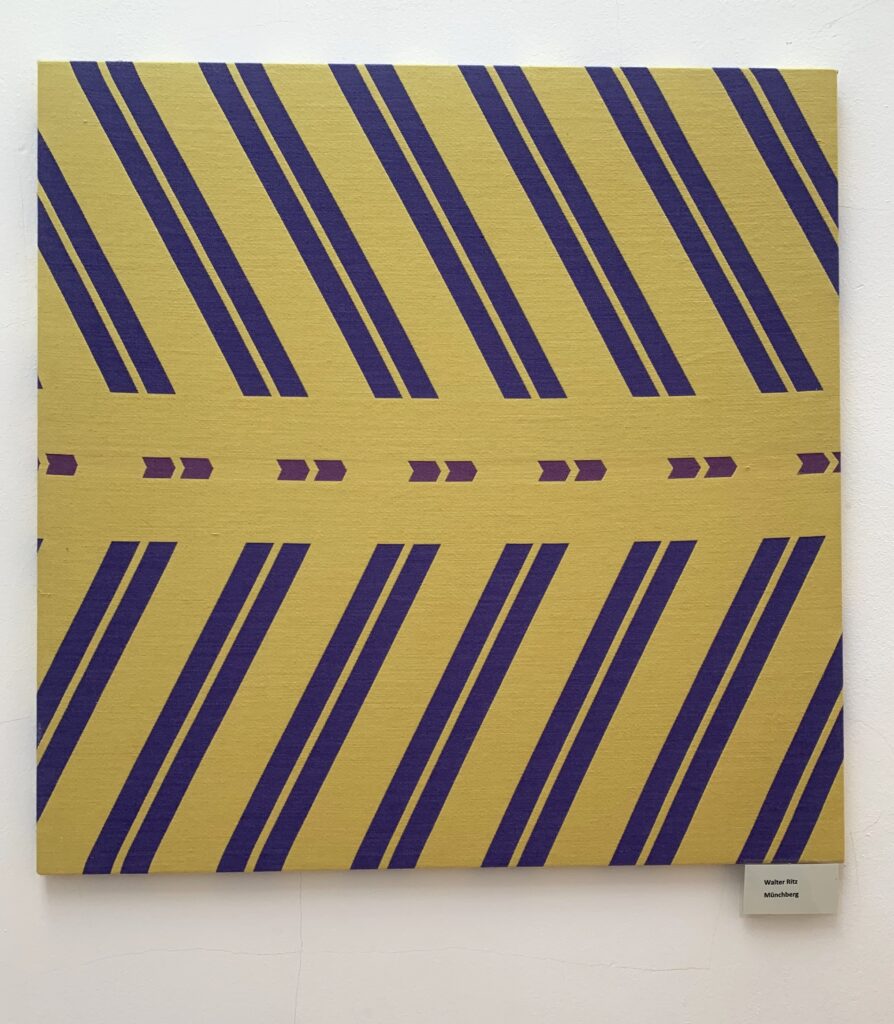
Existing written evidence links linen and wool weaving to the Bavarian town of Helmbrechts as early as the Middle Ages. During the 19th century, the town was referred to as the ‘Wardrobe of the World’ due to its significance in German textile output. Today textile production is still evident in the area, from local companies producing a wide range of fabrics to the Textilfachschule Münchberg of nearby town Münchberg—often called the Textile Town if Bavaria—and Helmbrechts’ own Upper Franconian Textile Museum.
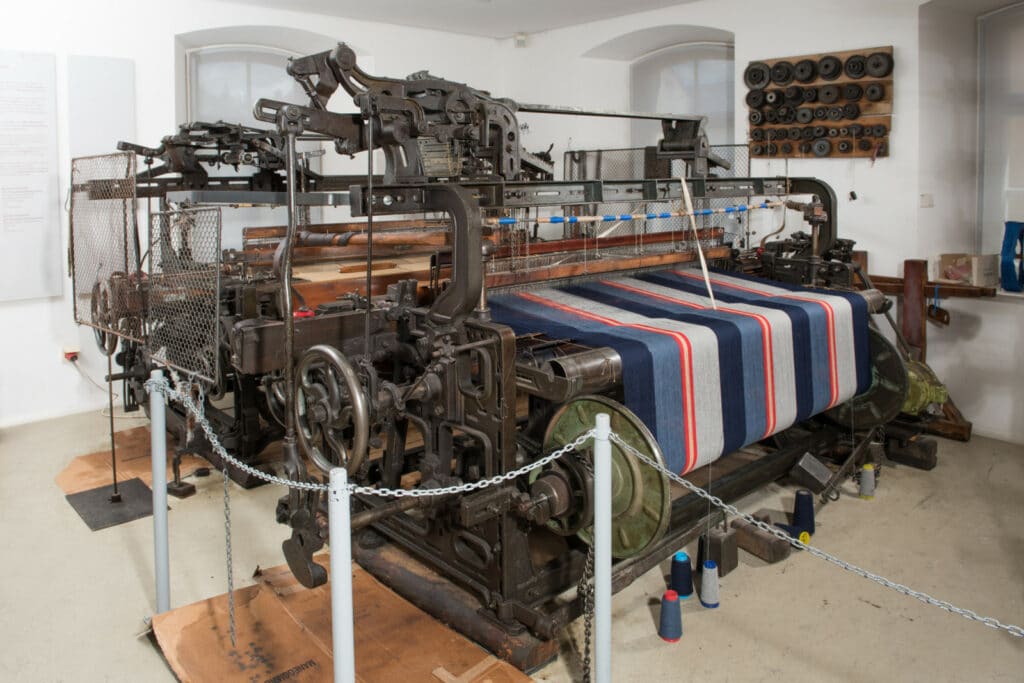
In 1933 a local history museum was established in the town, which was later expanded to celebrate the area’s textile manufacturing achievements. The current Upper Franconian Textile Museum illustrates the development from manual to industrial textile production, with manual and mechanical loom and other tools. A highlight is a unique collection of shawls made in Helmbrechts in the 19th century, which were exported to more than 140 countries.
Another highlight is the longest scarf in the world, which citizens of Helmbrechts began to weave back in 1997. Two years later, at 3300 metres long, the multi-coloured scarf was awarded the longest scarf award by the Guinness Book of Records. As a visitor you are invited to join in the weaving of the scarf. In addition to the many displays, currently, the walls of the museum are adorned with the colourful textile panel artworks of Walter Ritz.
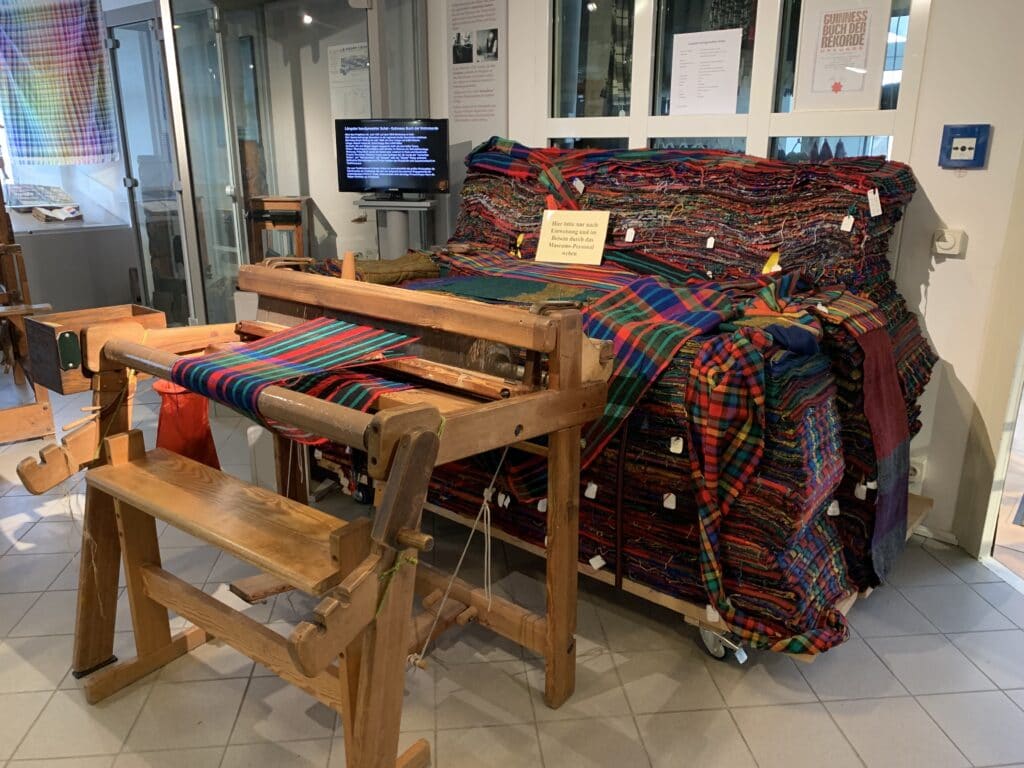
The year 2022 marks the 600th anniversary of Helmbrechts so celebrations at the museum will include the exhibition ‘Yesterday. Today. Tomorrow.’ in which local textile firms will take turns to show off production from the past and present plus textiles of the future.
Interestingly the museum’s latest diary pamphlet explains the local dialect word ‘leiwändisch’ meaning not very good. The word comes from the word for simple linen cloth, which would have been the local basic fabric back in the 18th century. Imported cotton or wool was seen to be more desirable, so the expression ‘leiwändisch’ came into use.
